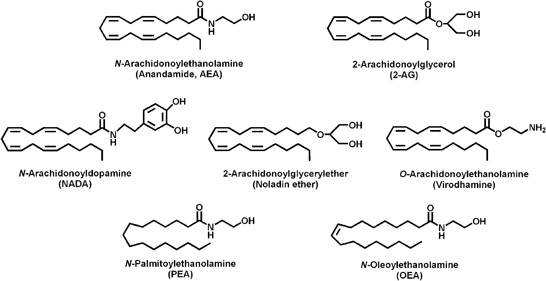“Fragile X syndrome (FXS), the most common monogenic cause of inherited intellectual disability and autism, is caused by the silencing of the FMR1 gene, leading to the loss of fragile X mental retardation protein (FMRP), a synaptically expressed RNA-binding protein regulating translation.
The endocannabinoid system (ECS) is a key modulator of synaptic plasticity, cognitive performance, anxiety, nociception and seizure susceptibility, all of which are affected in FXS. The cannabinoid receptors CB1 (CB1R) and CB2 (CB2R) are activated by phospholipid-derived endocannabinoids, and CB1R-driven long-term regulation of synaptic strength, as a consequence of mGluR5 activation, is altered in several brain areas of Fmr1 knockout mice.
We found that CB1R blockade in male Fmr1 knockout (Fmr1(-/y)) mice through pharmacological and genetic approaches normalized cognitive impairment, nociceptive desensitization, susceptibility to audiogenic seizures, overactivated mTOR signaling and altered spine morphology, whereas pharmacological blockade of CB2R normalized anxiolytic-like behavior. Some of these traits were also reversed by pharmacological inhibition of mTOR or mGluR5.
Thus, blockade of ECS is a potential therapeutic approach to normalize specific alterations in FXS.”
http://www.ncbi.nlm.nih.gov/pubmed/23542787

